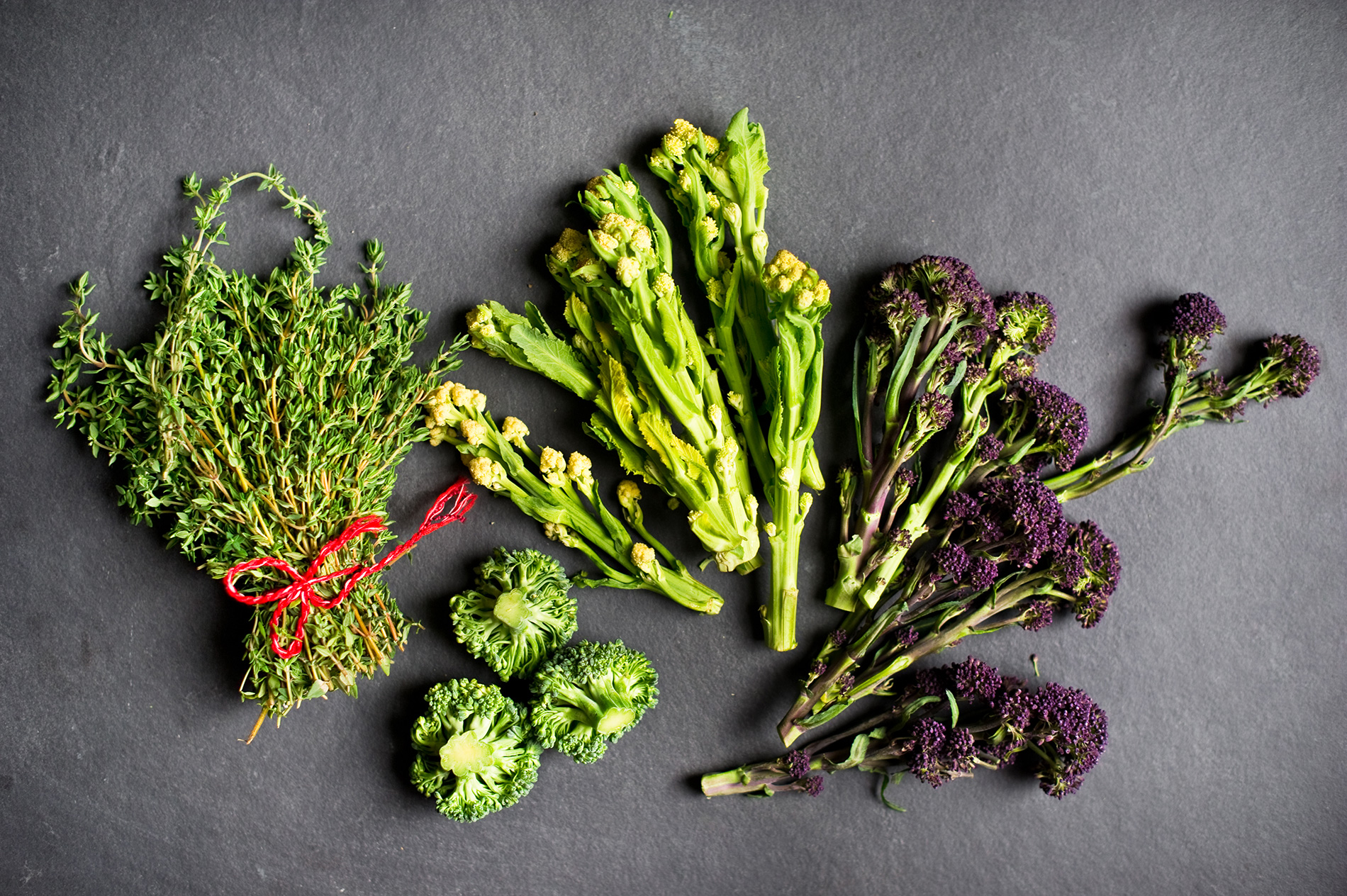There’s a real concern to our health about increasing exposure to a constant low level of chemicals – and in my last post we covered when it’s beneficial to choose organic v non organic if you can afford to.
So what’s the best way to clean your nonorganic produce of pesticide residues?
Most people give their fruit and vegetables a quick rinse under the tap if they’re lucky! Unfortunately agricultural pesticides don’t come off with water alone. Think about it, if they did, they wouldn’t last longer than the first rainfall.
There are however a few tried and tested methods that you can do to remove much of the residue….
Peeling is often the best way to reduce pesticide load, Apples, pears, nectarines, carrots, potatoes etc can all be peeled. Give them a wash before peeling, or you can transfer pesticides and bacteria as you peel.
With lettuce and other salad vegetables you can discard outer layers as the most exposed leaves will have absorbed most of the pesticides – although some will have also have been absorbed from the soil – so wash and peel or discard the outer layers whenever you can.
Washing with detergent is probably the most convenient when it’s not possible to peel or take off outer layers. Add a little washing up liquid to water and swish the fruit or vegetables around for a minute or two. Then rinse the washing up liquid off well (same as you should from your dishes) as a build up works against the acid your stomach – not good if you suffer from reflux (contrary to what most people think- reflux is usually a result of not enough stomach acid, not too much!)
Detergent works, but it’s not my favourite method as some produce is porous, but it’s better than plain water if you’re short on time/effort!
Washing with vinegar is a better method than detergent. This is also great for killing bacteria and for removing waxy coatings. Many supermarkets coat their fruit- apples particularly- with a wax coating, not only for appearance and to give even old lackluster fruit a nice glossy, sleek sheen, but also to prolong shelf life.
Did you know in the UK apples can be up to a year old before they reach the supermarket shelf?!
The solution should be roughly 3:1 water: vinegar. ‘Wash’ the vegetables well in the solution and rinse. If you’ve got time, leave your fruit/ veg soaking for 10 minutes in the vinegar/water solution, then rinse them well.
A more user friendly way of doing this is to keep a bottle of vinegar with a spray-top so you can just spray the produce with vinegar, and then give it a good rinse under the tap.
You can also use a commercial fruit cleaner of which there are several available. Choose one made of 100% natural produce – usually from some form of citric acid. These can remove wax, pesticides and 99.9% of bacteria (including e.coli and salmonella). Avoid the ammonia-based products, and opt for the natural ones which are safe and leave no smell or taste.
If you’re really motivated, you can also make your own fruit and veg cleaner! Here are 2 versions to try…
1 tablespoon of lemon juice
2 tablespoons of baking soda
1 cup (250ml) of water
OR
1 tablespoon of lemon juice
2 tablespoons of white vinegar
1 cup (250ml) of water
Put the mixture in a spray-topped bottle. Spray the fruit or vegetables, give them a quick rinse and then they’re ready to eat!
+44 (0)7974 572 089


